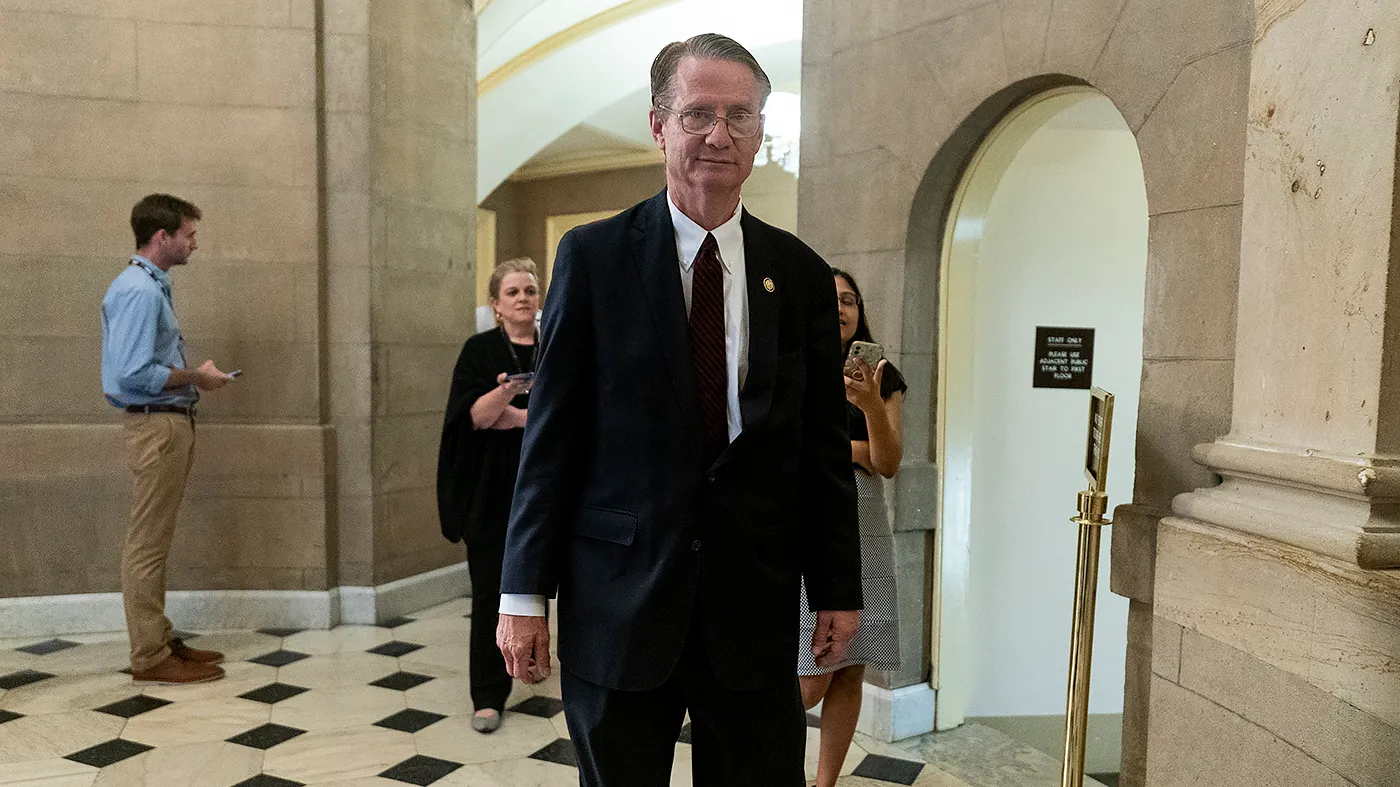Senate and House GOP Proposals Could Reshape Child Tax Credit: Who Wins and Who’s Left Out?
Senate and House GOP Proposals Could Reshape Child Tax Credit: Who Wins and Who’s Left Out?
By
David Goldfarb
Last updated:
June 18, 2025
First Published:
August 3, 2025
.jpeg)
Andrew Harnik/Getty Images
/Getty Images North America
The Future of the Child Tax Credit: Higher Caps, But Limited Relief for the Poorest Families
As Senate Republicans push to advance President Donald Trump’s latest “big beautiful” spending bill, one key element of the negotiation centers on changes to the child tax credit—a benefit millions of American families depend on. Both the Senate and House have introduced proposals that would increase the maximum child tax credit, but critics warn that the most financially vulnerable households would remain largely excluded from full benefits.
The Current Child Tax Credit: Set to Shrink Without Congressional Action
Under existing law, the child tax credit currently offers up to $2,000 per qualifying child under age 17. However, this figure is set to automatically shrink to $1,000 after 2025 unless Congress steps in to extend or modify the credit. The Tax Cuts and Jobs Act (TCJA) of 2017 had temporarily doubled the credit from its prior $1,000 cap, but its provisions are now approaching expiration.
A key feature of the current credit is its partial refundability: for 2025, up to $1,700 of the $2,000 can be refunded if the credit exceeds the family’s tax liability. For lower-income families who owe little or no federal income tax, this refundability portion is critical to whether they see any benefit.
The Senate vs. House Proposals: A Tale of Two Approaches
According to drafts of both chambers’ plans, the child tax credit would see increases under either version—but with important differences in structure and duration:
- Senate GOP Plan: Permanently raises the maximum credit to $2,200 starting in 2025 and indexes it for inflation afterward.
- House GOP Plan: Boosts the credit to $2,500 between 2025 and 2028 before lowering it back to $2,000 post-2028, also with inflation adjustments moving forward.
While both proposals would enhance the credit amount, neither changes the underlying income phase-in structure that governs eligibility for lower earners. In both cases, the new higher credits still require families to earn beyond a certain threshold before they can access the full benefit.
Why Low-Income Families Remain Locked Out
“The central problem remains untouched,” said Kris Cox, director of federal tax policy at the Center on Budget and Policy Priorities (CBPP). According to CBPP analysis, approximately 17 million children—predominantly from low-income households—fail to receive the full benefit of the current child tax credit because their families simply don’t owe enough in taxes to utilize it fully.
Under the current formula, only earnings above $2,500 start generating credit eligibility at a rate of 15% of adjusted gross income (AGI), until the full credit cap is reached. The credit phases out for higher earners once AGI exceeds $400,000 for married couples filing jointly, or $200,000 for single filers.
“The increase disproportionately benefits middle- and upper-income families while leaving out those who need the most support,” Cox added.
A Missed Opportunity for Reform
This issue has drawn bipartisan attention in recent years. In early 2024, the House passed a bipartisan bill aimed at boosting the refundable portion of the credit, potentially reaching more low-income families. However, that legislation failed to advance in the Senate, leaving the structural flaws intact.
Elaine Maag, senior fellow at the Urban-Brookings Tax Policy Center, emphasized: “Without expanding refundability, families with very low or no taxable income simply won’t benefit from these proposed increases.”
The Bigger Picture: Fertility Rates, Demographic Concerns, and Tax Policy
The push to revise the child tax credit also comes against a backdrop of broader demographic anxiety. U.S. fertility rates remain near historic lows, concerning policymakers, including the Trump administration. Some research has suggested that larger child-related financial incentives could help reverse declining birthrates, though experts caution that financial incentives alone are unlikely to fully address the complex social and economic factors driving fertility trends.
“Tax credits can certainly help some families feel more financially stable when deciding to have children,” said Maag. “But it’s only one piece of a much larger puzzle.”
What Happens Next?
As both chambers continue to hash out final details of the spending package, it remains unclear how much of the child tax credit reform will survive the negotiation process. What is clear, however, is that unless refundability is revisited, millions of America’s poorest children are likely to see little improvement under either plan.
The outcome of these talks could have lasting impacts on American families for years to come.
Popular articles
Subscribe to unlock premium content
How Turkmenistan’s Underground Mosques Are Becoming Secret Luxury Tourism Spots

How Palau’s Hidden Jellyfish Lakes Are Monetized as Ultra-Premium Adventure Destinations

Why Seychelles’ Private Island Hopping Experiences Are Becoming a Billion-Dollar Niche

How Turkmenistan’s Underground Mosques Are Becoming Secret Luxury Tourism Spots

How Palau’s Hidden Jellyfish Lakes Are Monetized as Ultra-Premium Adventure Destinations

How Turkmenistan’s Underground Mosques Are Becoming Secret Luxury Tourism Spots









